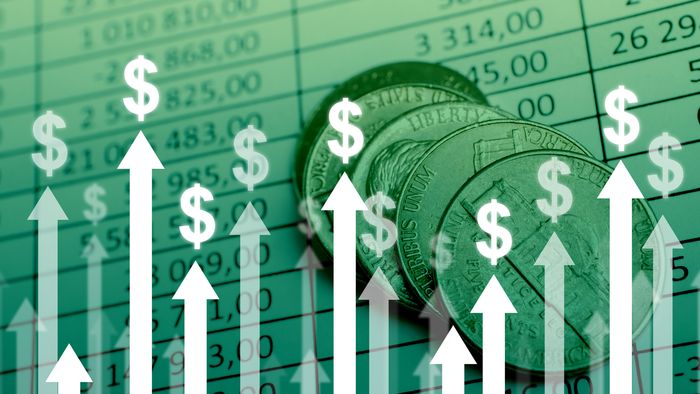By Sam Nichols 27 July 2022
Australia’s annual consumer price index has grown to a rate of 6.1 per cent, with housing noted as a key driver.
According to the latest data released today (27 July) by the Australian Bureau of Statistics (ABS), Australia’s Consumer Price Index grew by 1.8 per cent over the June quarter.
This is the second highest quarterly lift since the 2000 introduction of the Goods and Services Tax (GST), and follows on from a 2.1 per cent bump over the last quarter.
In the year to June 2022, the CPI rose to 6.1 per cent — the highest recorded annual inflation rate since the GST’s introduction.
Annual trimmed inflation was also noted as reaching 4.9 per cent — the highest figure since 2003, while the weighted median CPI grew to 4.2 per cent.
The last time the weighted median inflation was 4.2 per cent was June 2009.
According to the figures, the key driving figures for this rise were transport and housing, growing annually by 13.1 per cent and 9 per cent, respectively.
New dwellings lifted by 5.6 per cent quarterly and 20.3 per cent annually, according to the ABS. This is the highest annual price inflation since 1999.
Automotive fuel also reported a significant surge over this same time frame, boosting by 4.2 per cent quarterly and 32.1 per cent annually.
Speaking of these results, ABS’ head of prices statistics, Michelle Marquardt, said that shortages of building supplies and labour, high freight costs and ongoing high levels of construction activity “continued to contribute to price rises for newly built dwellings”.
“Fewer grant payments made this quarter from the Federal Government’s HomeBuilder program and similar state-based housing construction programs also contributed to the rise,” Ms Marquadt said.
Ms Marquardt later added: “Annual trimmed mean inflation was the highest since the series commenced in 2003 and annual goods inflation was the highest since 1987, as the impacts of supply disruptions, rising shipping costs and other global and domestic inflationary factors flowed through the economy.”
CreditorWatch chief economist Anneke Thompson commented that the rising cash rate is “clearly already having an impact on the housing sector”, and that new housing starts “will fall with increasing speed following a fall in approvals”.
“This should, over time, help reduce the inflationary impacts on dwelling construction,” Ms Thompson said.
Separate ABS data released earlier this month noted that housing construction commencements fell over March for the third consecutive quarter.
“The RBA will now need to consider carefully how much of an impact it thinks its future cash rate rises can have on inflation, as some of the biggest contributors to inflation can really only be resolved on the supply side,” Ms Thompson added.
Earlier this month, NAB said it was predicting headline inflation to rise to 6.3 per cent year-on-year over the June quarter, with underlying inflation lifting to 4.7 per cent.
Westpac said around this June inflation to reach 5.8 per cent headline and 4.5 per cent trimmed.
Both Westpac and NAB expressed during these announcements that they tipped the cash rate to hit 2.6 per cent by February 2023.
AMP has said, following this latest CPI update, this data confirms its expectation that headline inflation will peak at around 7 per cent during the September quarter.
“We expect inflation to ease back towards 4 per cent by late 2023 before further declines in 2024 as growth slows,” AMP said.
AMP has said that it predicts the cash rate to peak at 2.6 per cent “in early 2023”.
Last month, the RBA said that inflation could potentially reach 7 per cent by December.
https://www.mortgagebusiness.com.au/economy/17036-inflation-hits-6-1-per-cent-over-june-abs

